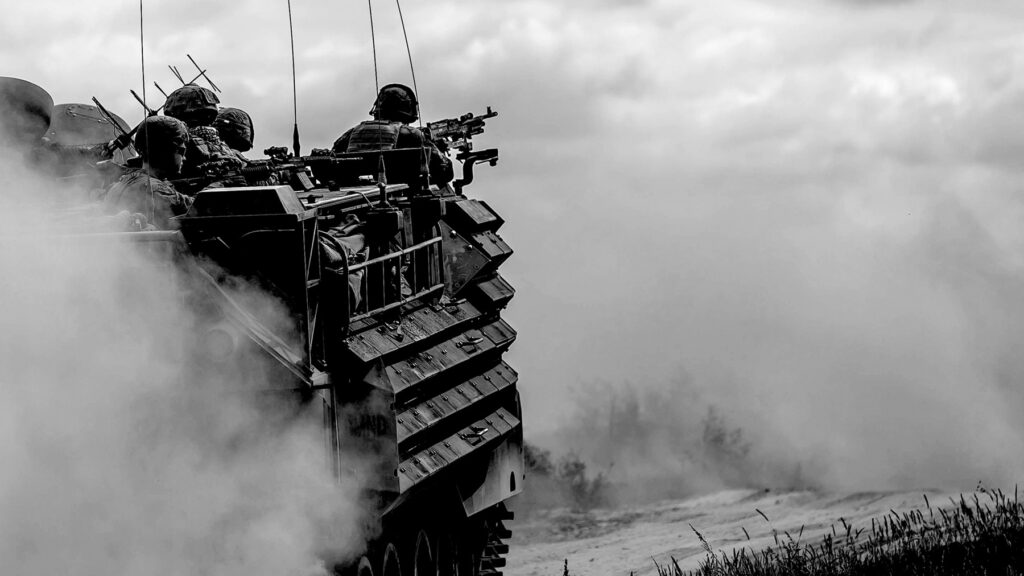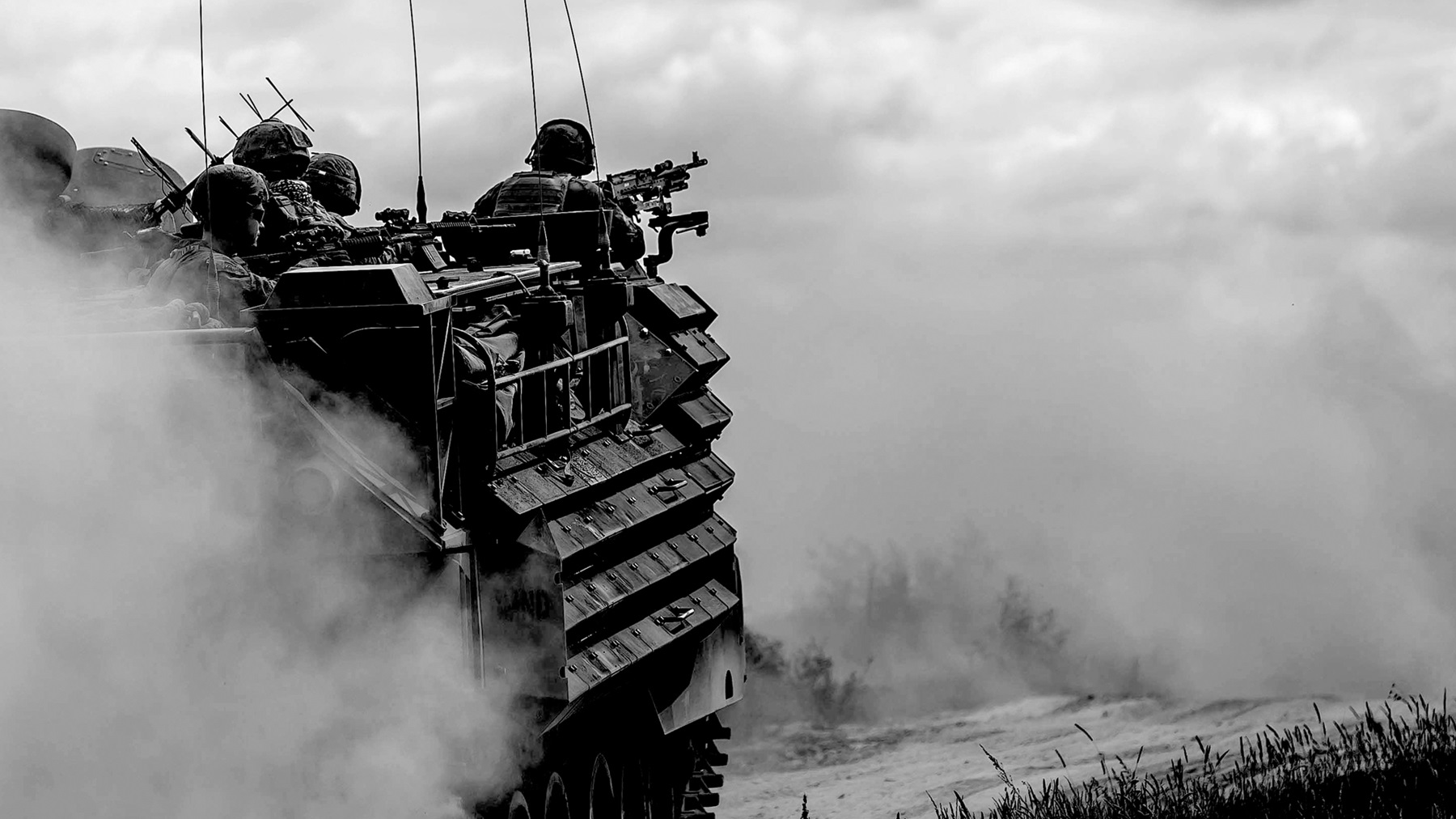– The highest anti-jamming and anti-spoofing PNT technology providing access and trusted data for success of critical missions

Collins Aerospace Systems, a unit of Raytheon Technologies Corp. (NYSE: RTX), has been selected to provide Mounted Assured Positioning, Navigation and Timing System (MAPS Gen II) for manned and unmanned ground vehicles to combat Positioning, Navigation and Timing (PNT) threats.
MAPS II provides a high-assurance, accurate navigation solution across GPS threat environments with industry-leading NavFusion of multiple sensors and is interoperable with the Collins Aerospace PRC-162 manpack radio to ensure mission success in the Joint All Domain Command and Control (JADC2) battlespace.
Its advanced anti-spoofing and anti-jamming technology addresses evolving enemy threats and technologies. The warfighter can navigate through high threat environments with the confidence of knowing where they are, where they need to go, at the precise time with weapons on target.
Leveraging Collins Aerospace’s NavHub™-100 navigation system and Multi-Sensor Antenna System (MSAS-100), this navigation capability distributes Assured Position, Navigation and Timing (APNT) information to all systems onboard the platform through one device. The MAPS Gen II system includes Military Code (M-Code) capability and improved levels of reliability through patented Modernized Signal Tracking (MST) that enhances GPS integrity. Additionally, the open architecture, modular, and scalable technology lets the Army add additional sensors and capability with a much lower life-cycle cost, such as alternative Radio Frequency (RF) and Line of Bearing (LOB).
“Building upon our expertise in open architecture and NavFusion, this modular, and scalable system helps the warfighter keep pace with evolving threats and technologies. They can confidently know their location and destination at the precise time with weapons on target,” said Ryan Bunge, vice president and general manager, Communication, Navigation and Guidance Solutions for Collins Aerospace.


